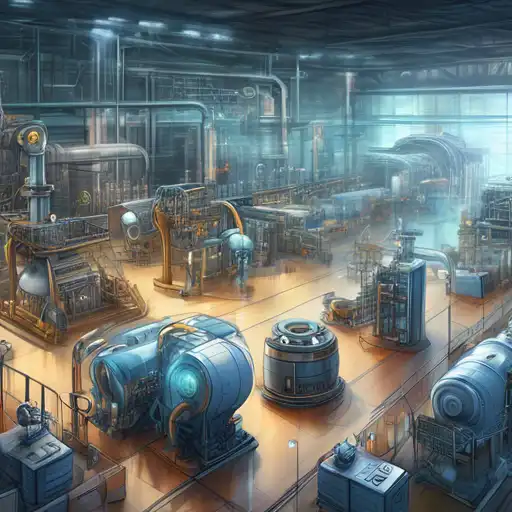The Transformative Power of IoT in Industrial Automation
The Internet of Things (IoT) is reshaping the landscape of industrial automation, offering unprecedented levels of efficiency, productivity, and flexibility. By integrating smart devices and sensors into manufacturing processes, businesses are unlocking new opportunities for growth and innovation.
Understanding IoT in the Industrial Context
IoT refers to the network of physical devices connected to the internet, collecting and sharing data. In industrial settings, this technology enables machines to communicate with each other and with human operators, facilitating real-time monitoring and decision-making.
Key Benefits of IoT for Industrial Automation
- Enhanced Efficiency: IoT devices optimize operations by automating routine tasks and reducing downtime.
- Improved Safety: Sensors can detect hazardous conditions, protecting workers and equipment.
- Cost Reduction: Predictive maintenance and energy management lead to significant savings.
- Scalability: IoT solutions can be easily scaled to meet the changing needs of a business.
Real-World Applications of IoT in Industrial Automation
From smart factories to automated supply chains, IoT is driving innovation across various sectors. For example, in the automotive industry, IoT-enabled robots assemble vehicles with precision, while in agriculture, sensors monitor crop conditions to optimize yield.
Challenges and Considerations
Despite its benefits, implementing IoT in industrial automation comes with challenges, including cybersecurity risks and the need for skilled personnel. Businesses must also consider the initial investment and integration with existing systems.
Looking Ahead: The Future of IoT in Industrial Automation
As technology advances, the role of IoT in industrial automation is set to expand, with developments like 5G and AI further enhancing capabilities. The journey towards fully autonomous factories is well underway, promising a new era of manufacturing excellence.
For more insights into the future of manufacturing, explore our industry trends section.
